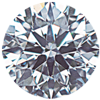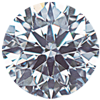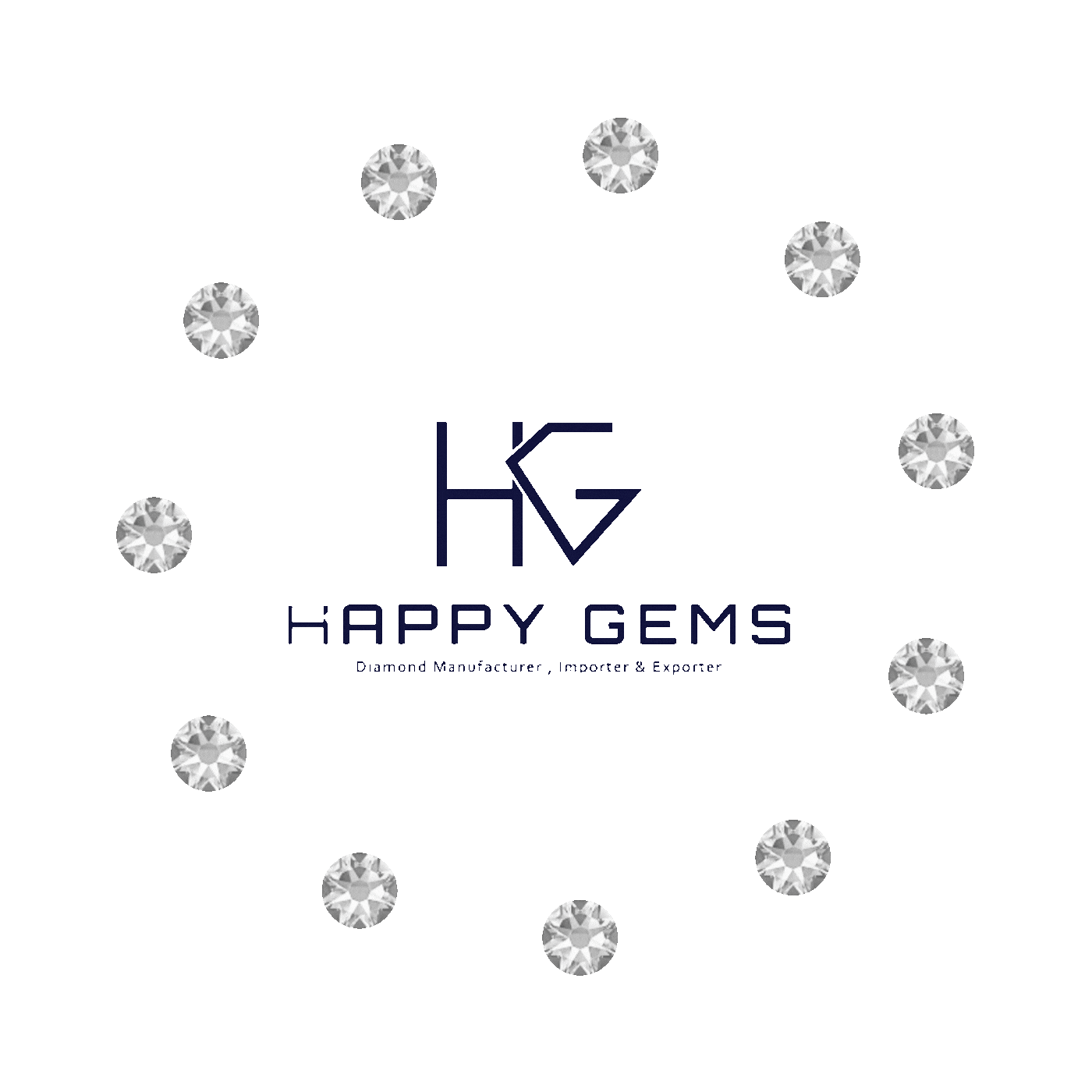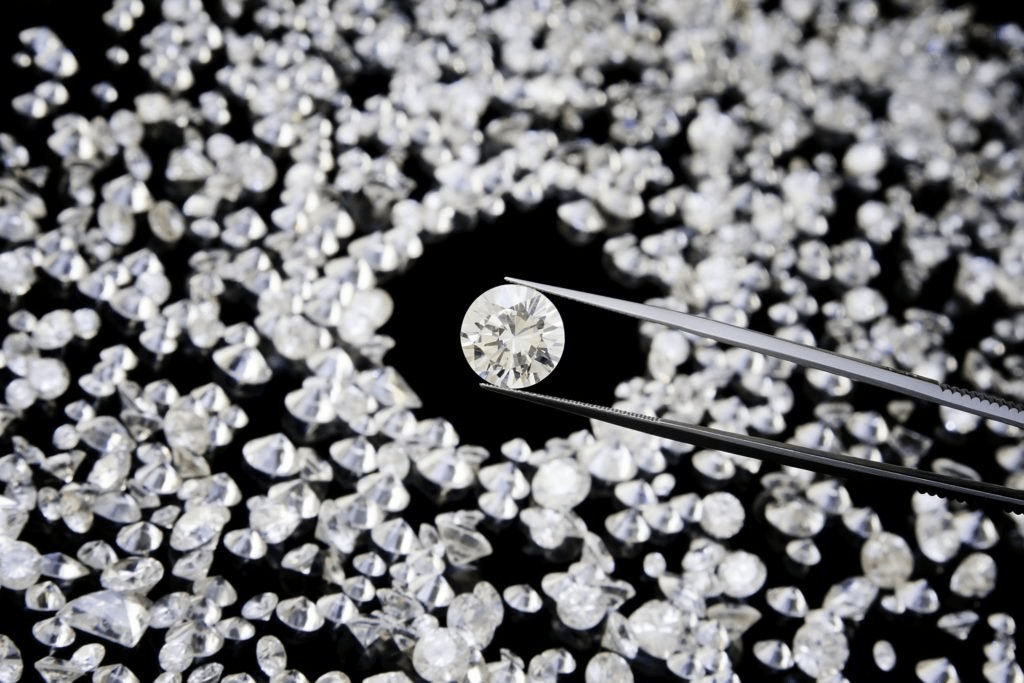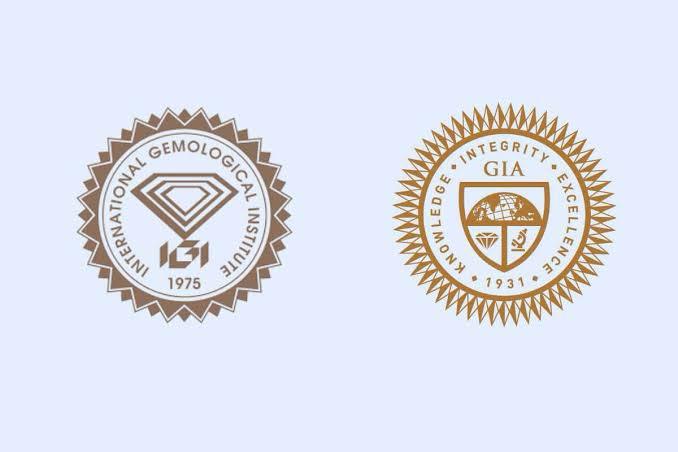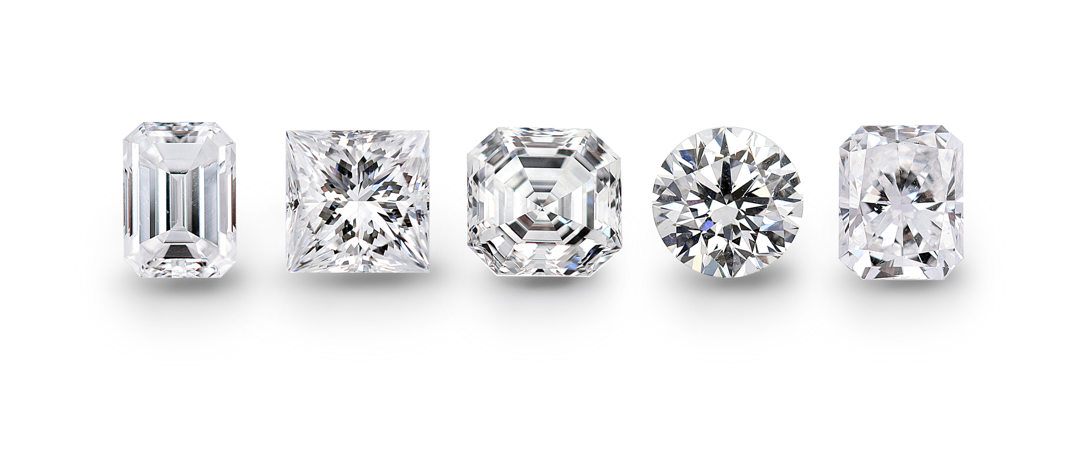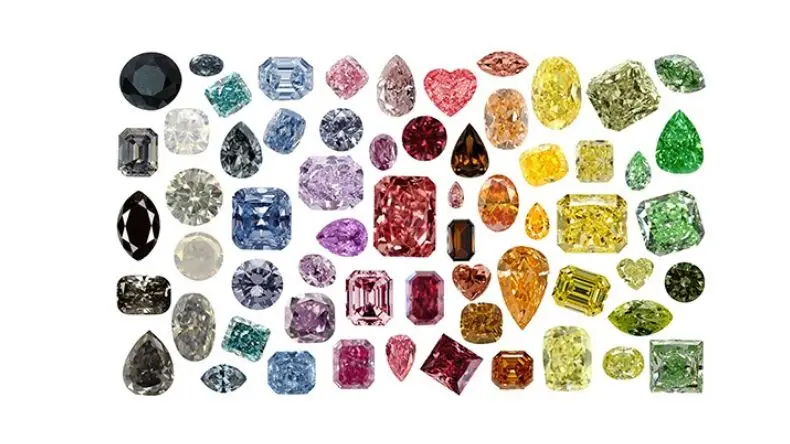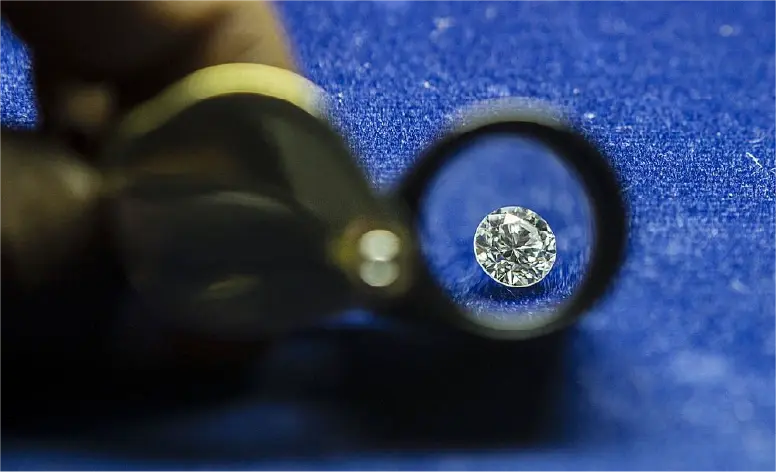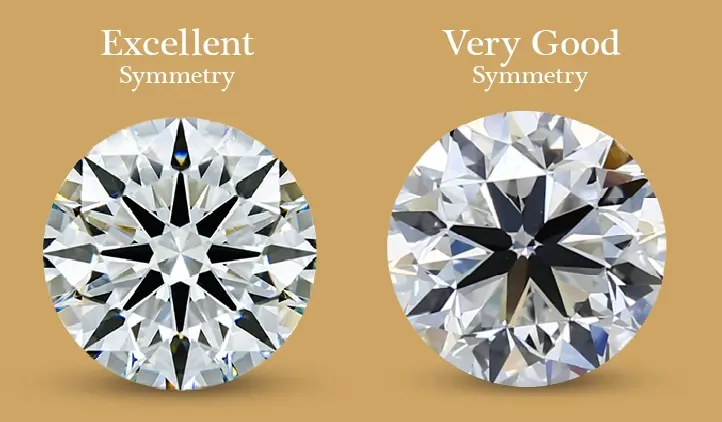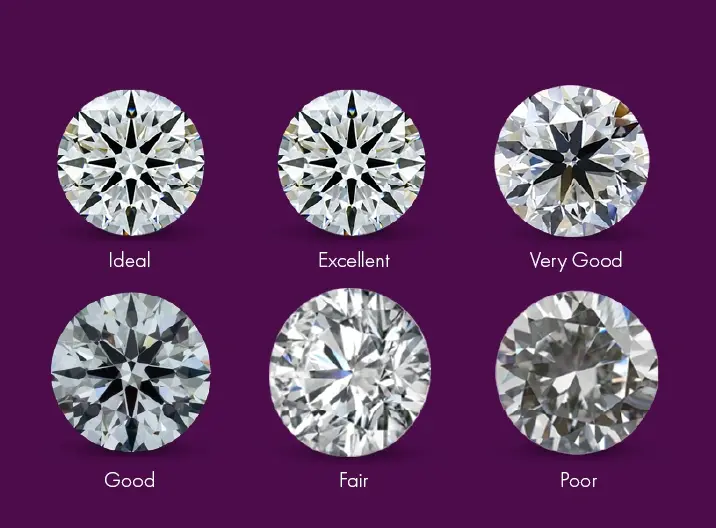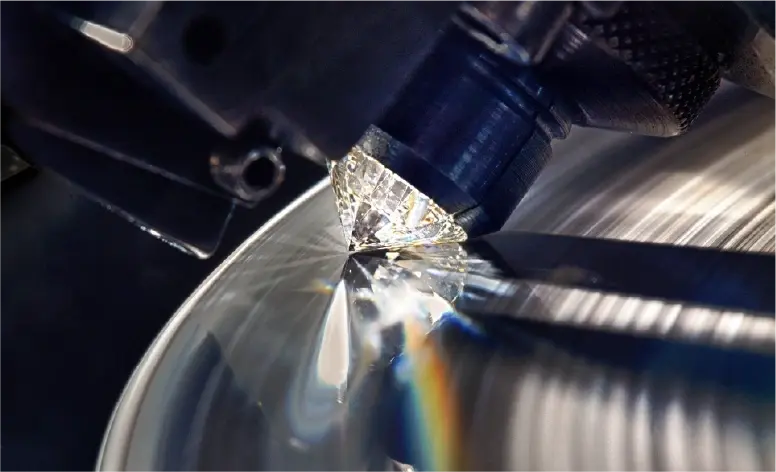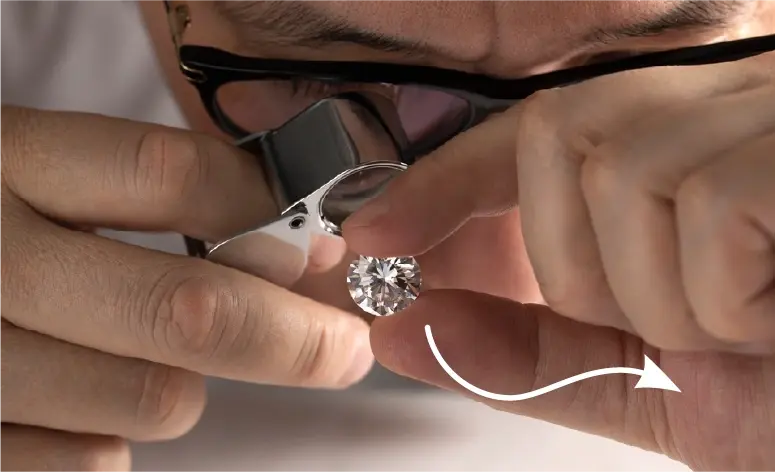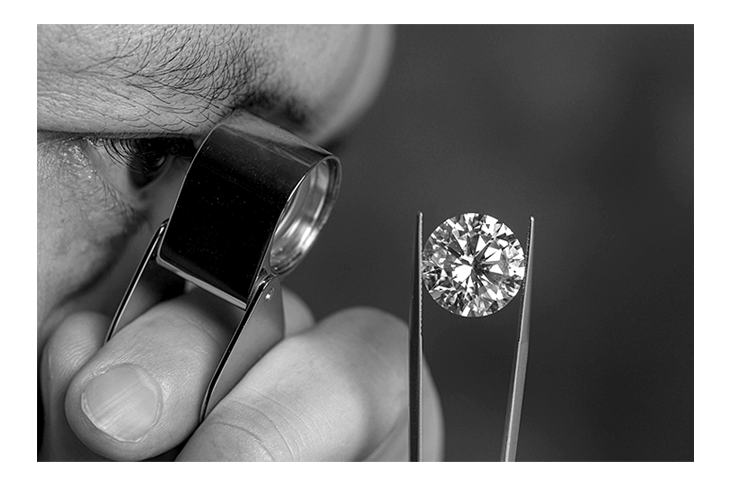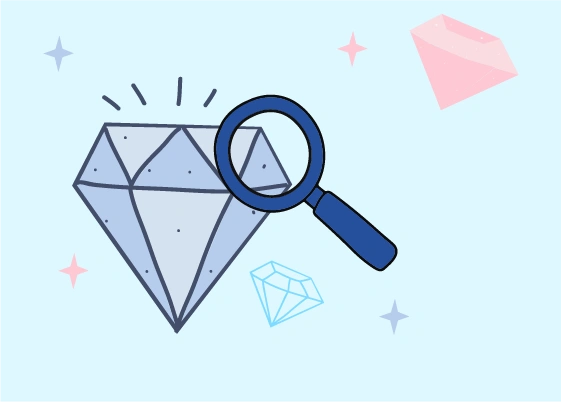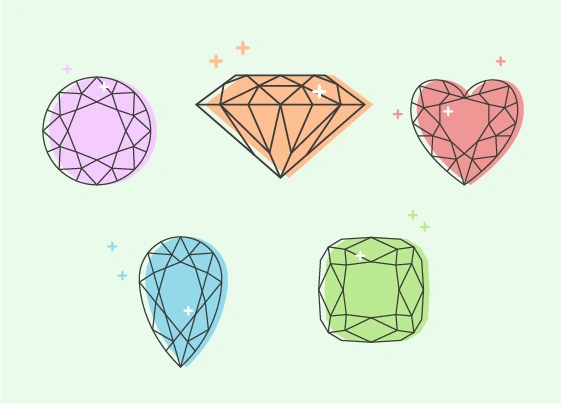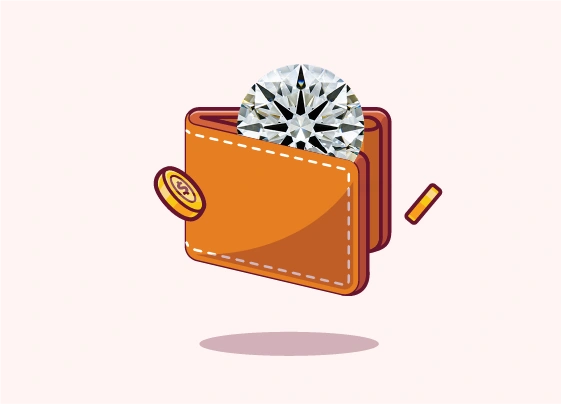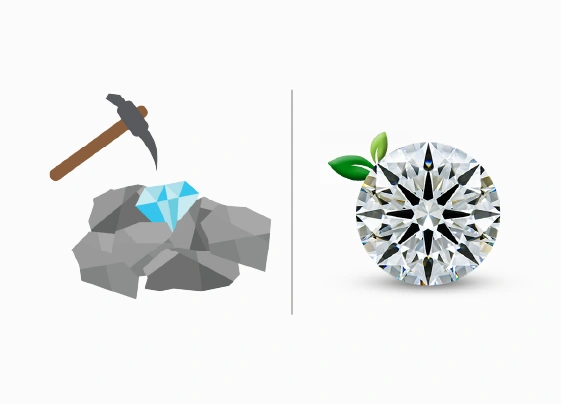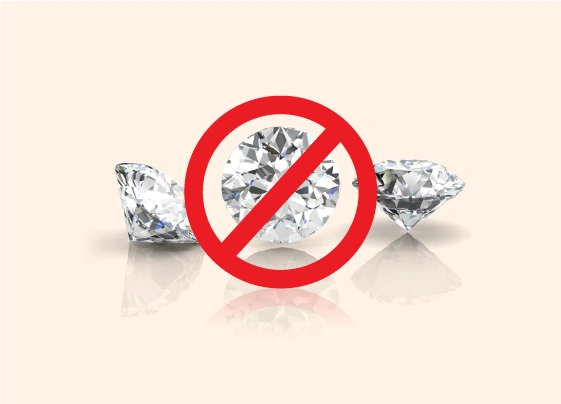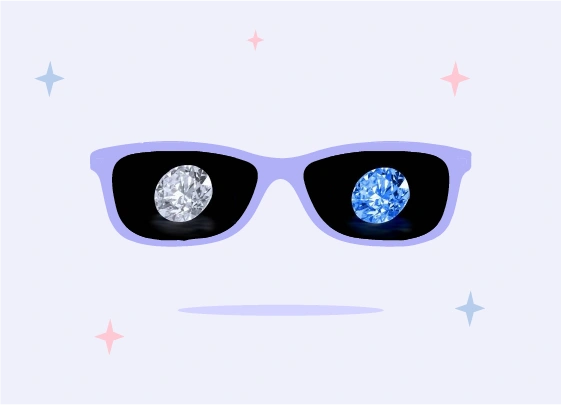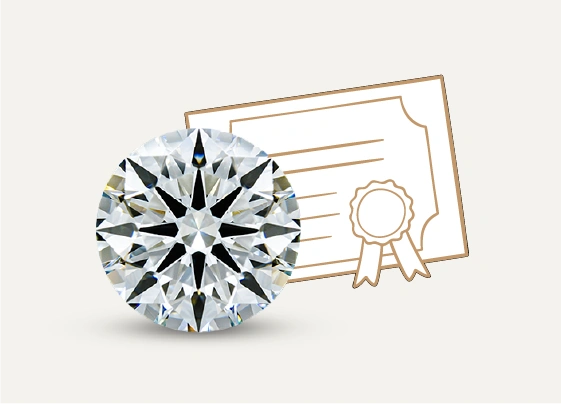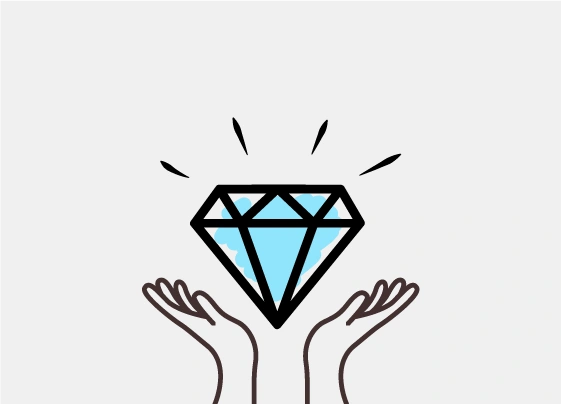Diamond Grading and 4C's
In the pursuit of absolute perfection, Happy crafts diamonds with clarity and flamboyant brilliance. We are constantly innovating and developing our crafting technology to offer you brilliance you've never seen before.
Cut
Cuts are mainly the arrangement of facets in the stone, affecting the cost and beauty of a diamond. To what extend a diamond will reflect light from within depends on the skill and craft of the diamond cutter. When a diamond is cut with precision, light gets reflected from one facet to another and results in a burst of brilliance.
EXCELLENT
The diamond, which has an even pattern of bright and dark areas, scores in the top category for all grade-setting determinants.
GIA Cut Scale
DIAMOND
CUT GRADING
Click on different cut grades to view examples. Click images to view different angles.
Clarity
Diamonds receive the FL (flawless) grade when there is no discernible inclusion or blemish that causes interference with the passage of light through the stone. At Happy, we offer diamonds that achieve a grade of VS2 and above. VVS and VS graded diamonds are expensive whereas SI1 and SI2 graded diamonds are more affordable.
A grading system has been established by the GIA (Gemological Institute of America) for measuring the type and size of these impurities.
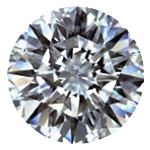
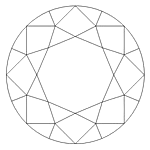
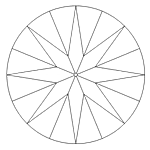
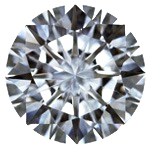
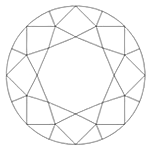
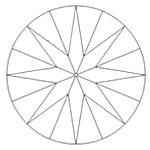
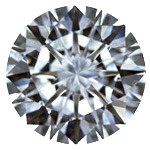
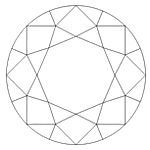
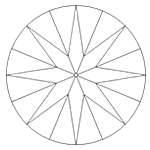
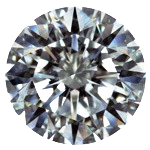
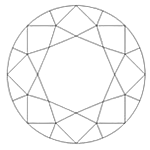
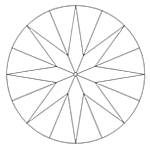
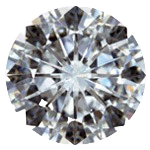
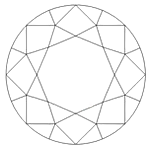
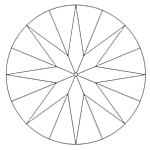
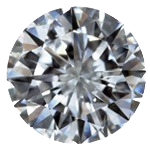
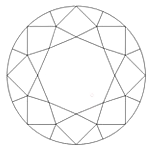
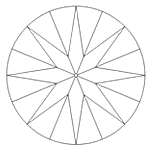
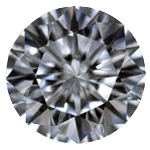
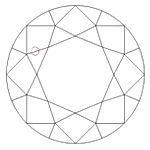
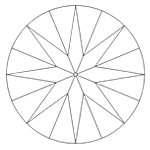
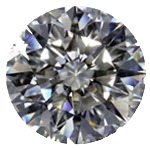
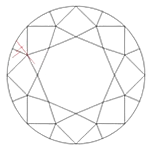
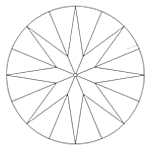
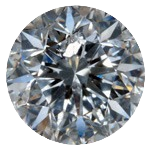
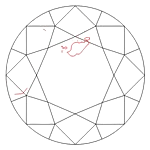
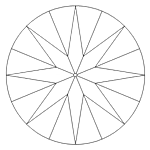
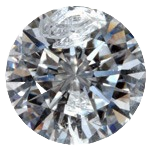
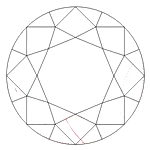
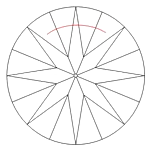
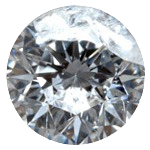
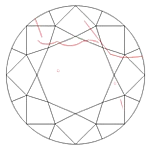
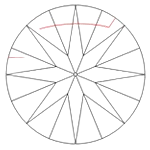
IF
INTERNALLY FLAWLESS
No inclusions and only blemishes are visible to a skilled grader using 10x magnification.
Color
More light passes through diamonds that display little color, creating a prism-like effect. If a stone is totally transparent, it is considered rare; however, notable exceptions are fancy colored diamonds such as yellow, green, blue and pink. Grades are allocated to a diamond according to the level of color it possesses.
Based on the color scale established by the
GIA (Gemological Institute of America)
a letter is assigned to the degree of colorlessness found in diamonds.
Starting from D and
ending
with Z, each letter in descending order denotes an increasing amount of light (yellow, brown or
grey) in the diamond.
Colorless (D)
GIA Color Scale
DIAMOND
COLOR GRADING
Carat Weight
Carat determines the weight of a diamond with 1 carat being equivalent to 200 milligrams or 0.2 grams. One carat is also divided into 100 points. These points are used for describing increments of weight within a carat. A diamond's price per carat increases in proportion with the size of the stone. Two diamonds of the same weight can have different values based on their color, cut and clarity.
